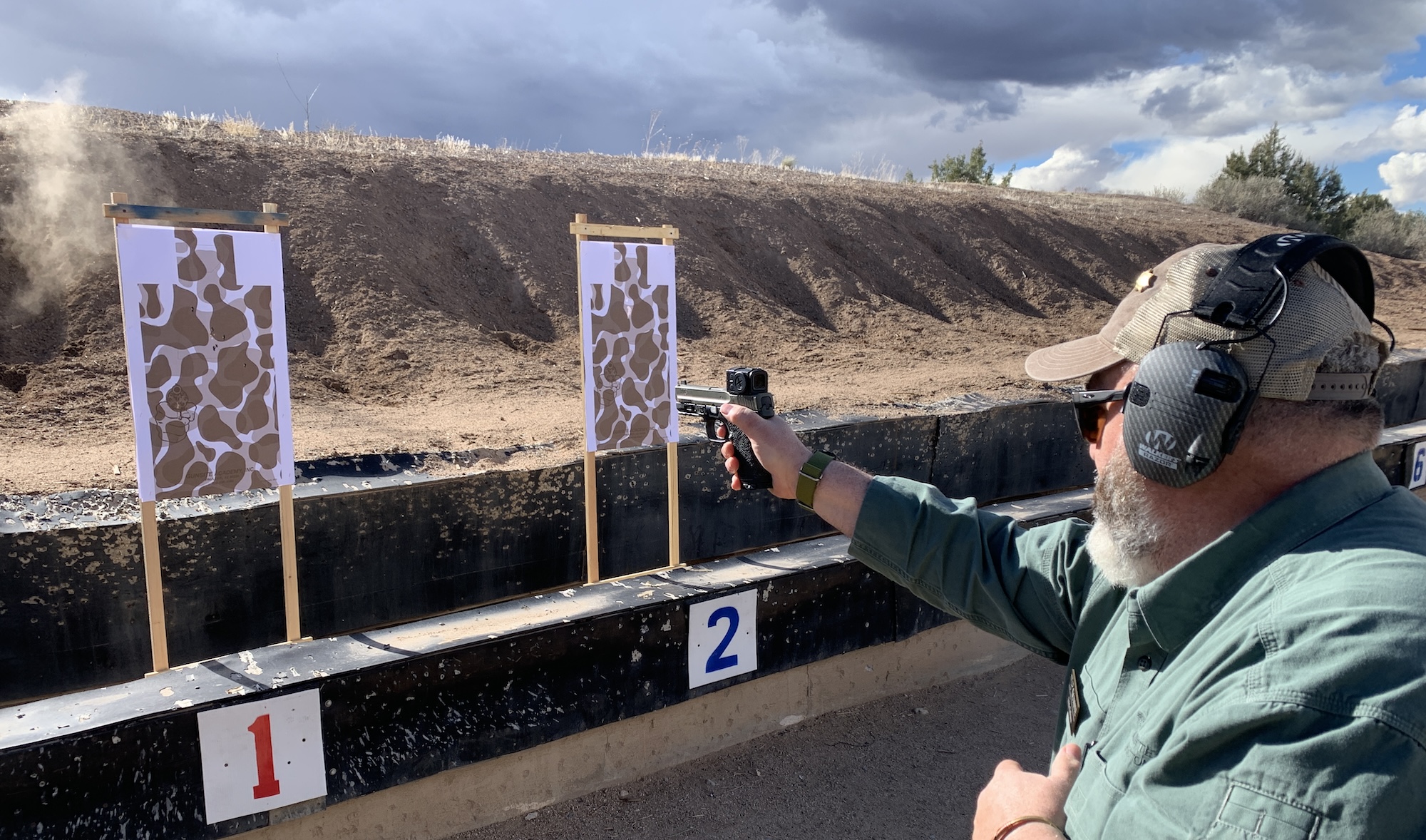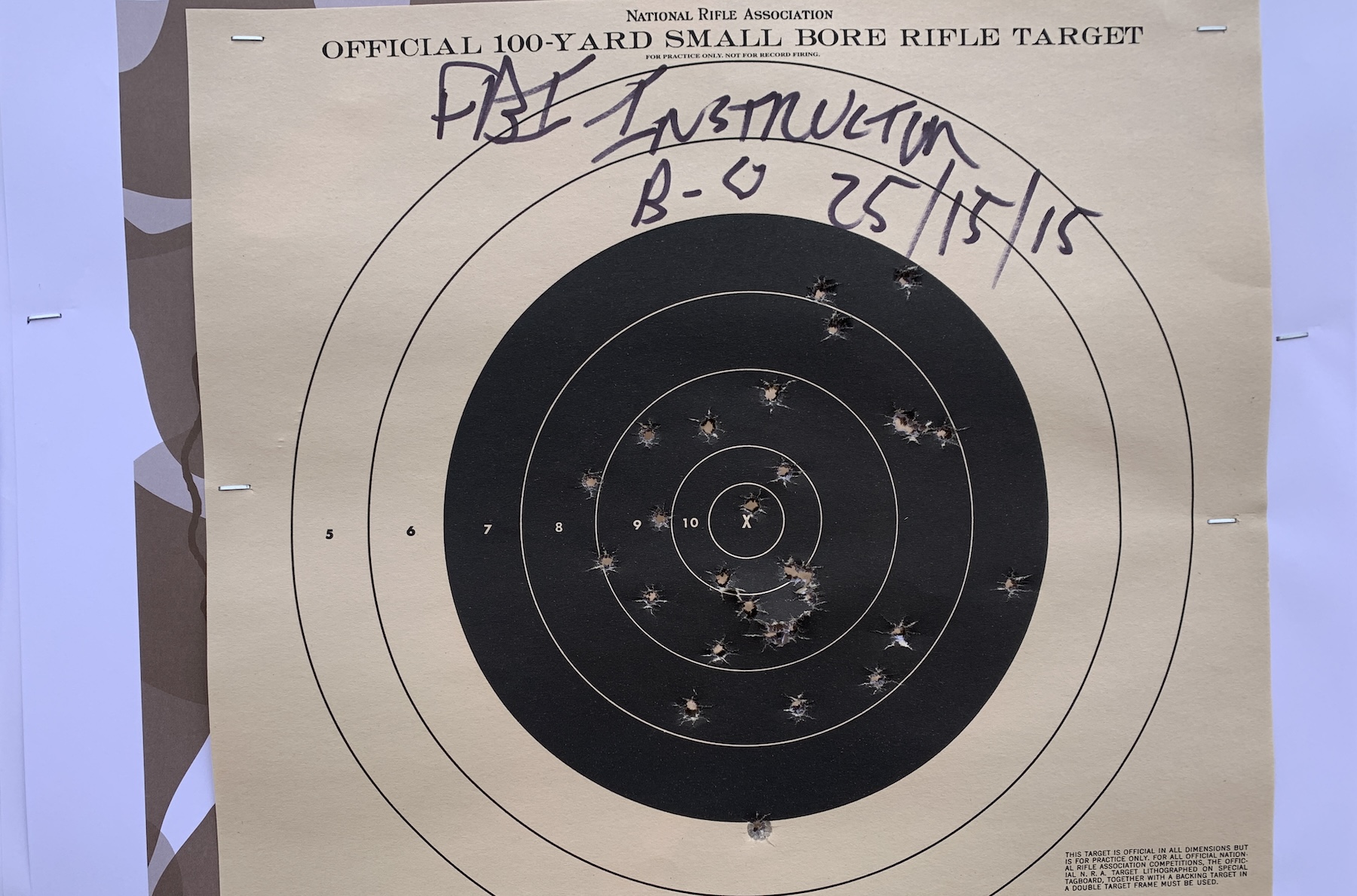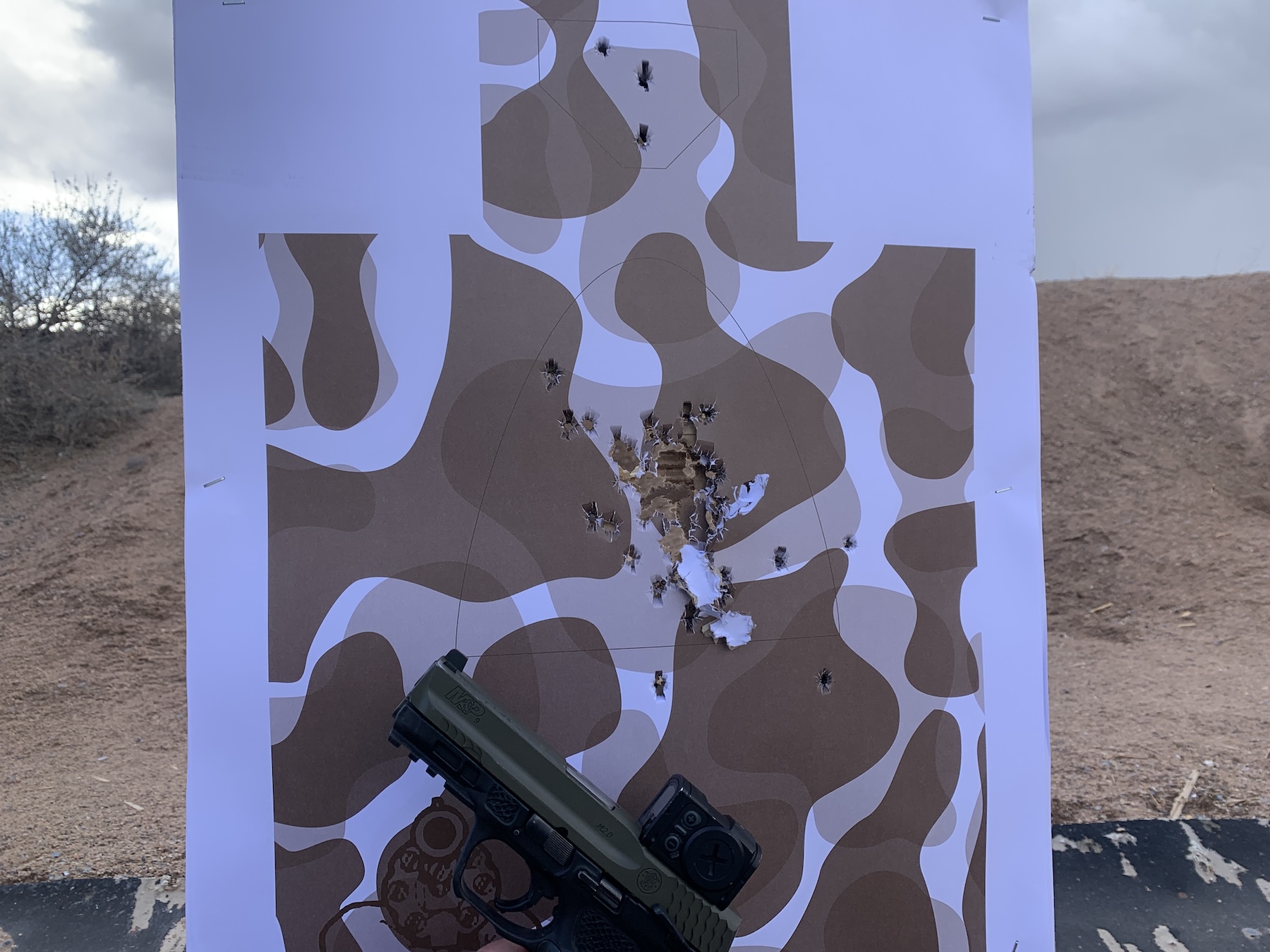
feature_7711
Once again, there is discussion about how good of a shooter an instructor needs to be.
I will keep the article on the topic instead of on specific drills. To do that, I’ll look at several organizational qual courses.
Two things: any qualification course of fire (COF) is just a test of certain skills, nothing more. Instructors must convey information while demonstrating certain skills.
So, how good of a shooter does one need to be to teach? Shooting is a sport, and when we discuss defensive shooting and operational shooting – by law enforcement and the military – we get into the realm of athletics.
While I no longer follow professional sports like I used to, I can recall several exceptionally talented athletes who tried coaching and failed miserably. Regardless of their own abilities and skills, they were unable to convey them to other humans.
How Good Is Good Enough?
There is a Navy doctor who studies deadly force decision-making and performance under stress in the special operations community. There are limits to the information he can share. However, when queried, he alluded to a research-based belief that being a high C to low B class shooter gave one all the technical shooting skills they would need to prevail in a fight. Should an instructor exceed their students? By how much?
In addition to your shooting skills, what is the level of your instructional skills? Can you convey the necessary information verbally? How about in written form? Can you put together a lesson plan? And before we get to shooting, how are your non-firing demonstrations? Are you current in terms of the information you present? What is the breadth of your knowledge? Can you handle one student with a revolver and another using a double-stack 1911 with a frame-mounted safety and an optic?
If your instructional abilities need to be on par with your shooting skills, where is that point?
Consider that in light of the “qualification” courses shot in shooting “instructor” classes currently being taught.
For starters, let us look at two very different courses of fire, each of which is shot into essentially an 8” circle.
Basic Instructor
First is the National Rifle Association’s (NRA) basic instructor qualification course. The shooter needs to get fifteen hits out of 20 shots into an 8” circle at 15 yards. There is no time limit attached to this.
Law Enforcement Instructor Bull’s Eye
Contrast the NRA course above – shot into an 8” circle, with the Federal Bureau of Investigation’s (FBI) bull’s eye course for getting into their firearms instructor course.
The most recent version I have seen consists of 30 rounds. The first string is at 25 yards, where you fire ten (10) rounds within four minutes. The remaining four strings are shot at 15 yards. Two strings of five rounds each are fired in fifteen seconds each. The fourth and fifth strings, also five rounds each, are fired in ten seconds.
This has the possibility of 300 points.
Differences?
While there should be little doubt that the intended students are very different between the two courses, which one has more value in identifying the marksmanship skills of the shooter? One that allows for a 25% miss rate without a time standard or the one that holds the shooter to both time and accuracy standards.
Here are two other courses from different organizations that are holding their standards to time and accuracy standards.
Defensive Pistol Program
Then, there is the recently fielded qualification course from the United States Concealed Carry Association’s Defensive Pistol Program. There is a time standard for each of the strings, which are broken down into Expert, Advanced/Training Counselor, Intermediate/Instructor, and Beginner.
The first stage is a single shot from concealment at 5 yards;
The second is a Bill Drill (6 shots from the holster) at 7 yards;
Third is their 2-4-1 drill. Draw and fire 2 shots on target #1, shift to Target #2, and fire four shots to the chest before transitioning to the head for the final shot;
Then there is the late Todd Green’s FAST drill – draw, two shots to the head box, speed reload, and the last four to the chest;
Finally, the fifth string is Wilson’s 5×5 drill consisting of a) draw and fire five shots to the chest, b) draw strong hand only (SHO) and fire five to the chest, c) draw and fire five before reloading and firing five more to the chest and d) fire four shots to the chest and one to the head. The score for this is your total time.
When I shot this at the end of a day of teaching, each of my scores was in the Advanced range.
Instructor Development Qual Course
Tom Givens and his Rangemaster Firearms Training Services have long had a tiered series of instructor development classes. He originally developed it to train instructors when he owned a range in Memphis, TN.
It works you from the ready and the holster, taking body and head shots, testing your reload, and increasing distances.
Differences?
Is there a difference between these? Are they reasonable tests of the marksmanship ability of those conveying life-saving information to others?
Most of the above COFs are par time-based—i.e., shot X number of rounds in Y time into Z target. Suppose organizations stick with the idea of par times. Should they reward or penalize performances that are faster or slower than the par time?
Final Thought
The bottom line is that you need to be at least good enough to show your students what success looks like with the material you are teaching. Across the relevant material. Better than that would be a good thing.




















